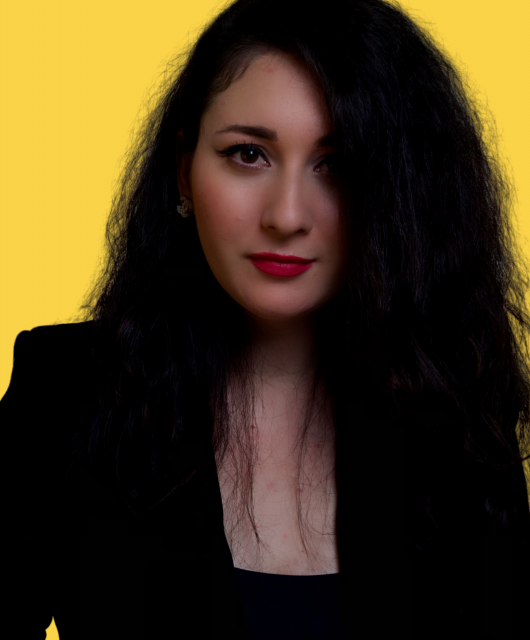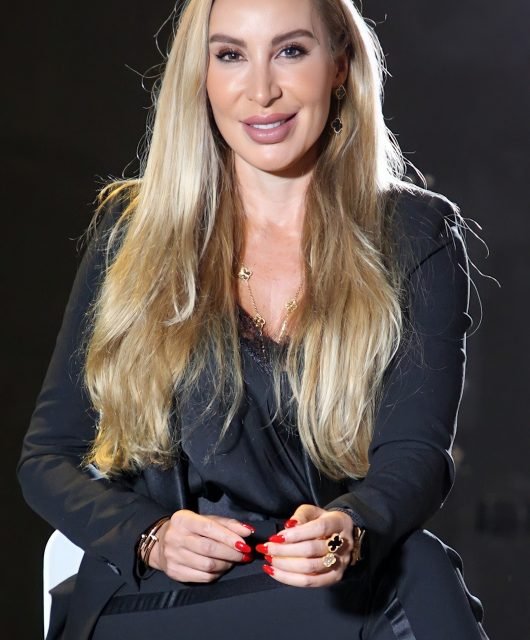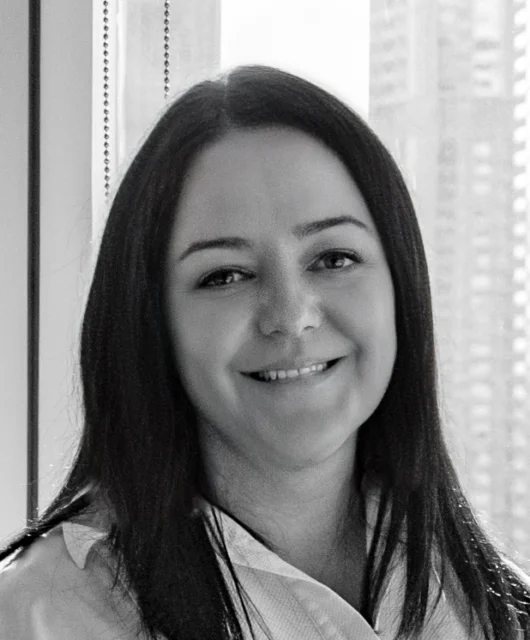Creativity As A Catalyst for Change
Have you ever tried to set a sugar cube on fire? You probably didn’t succeed, because although the sugar caramelizes, it doesn’t burn. But there is a trick you can use to ignite a sugar cube – just sprinkle some cigarette ash on it. The ash contains potassium that lowers the amount of energy necessary for igniting the crystals, allowing the sugar cube to burn. Potassium acts as a catalyst.
Why am I telling you this? This article addresses the question of whether creativity can also be a catalyst. Not for burning sugar, of course, but for change in companies. Can creativity provide the necessary impetus to set a process in motion that ultimately leads to entrepreneurial success? I think so, yes. But using creativity as a reaction accelerator requires two things from companies, namely courage and a sound strategy.
Creativity can open your head. It can inspire people to question what they are used to and break new ground. It possesses the power to modulate existing structures while at the same time making them visible to the outside world. However, creativity alone is always a very free, intuitive and emotional process – one that can quickly lead to very chaotic results. The art lies in directing this process without demotivating it or diminishing its strength.
Three examples of creativity as a companion for change
But let’s make it concrete. In recent years I have noticed three examples in Germany that illustrate how creativity and design can accelerate the transformation of companies.
One of them comes from our agency and was the subject of some controversy last year. “Douglas” is Europe’s largest beauty retailer, with 2,400 stores in 19 countries.
For fifty years the chain had been using the same logo, which showed the company name in a bold handwritten typeface. As part of a strategic realignment, Douglas wanted to fundamentally reposition itself and no longer be perceived merely as a reseller, but as a strong brand in its own right.
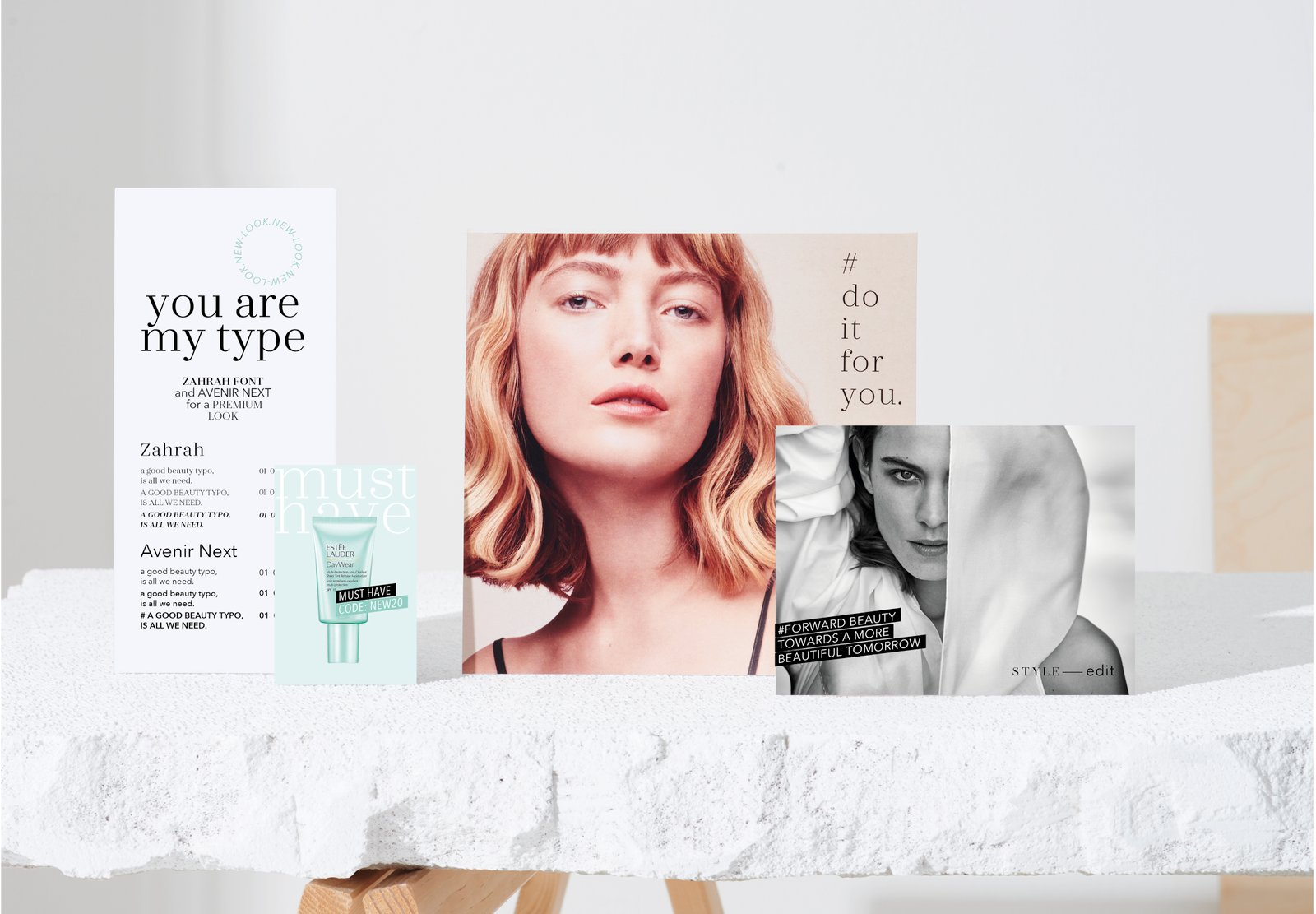
There was no question for us that a visual new beginning – one that radically breaks with the established look – was indispensable. The new logo is clearly drawn, cursive and sans serif – and was a shock for everyone who knew the “old Douglas.” However, the new brand identity sends a clear signal. It shouts, “Everything’s different here now!” It reverberates with echoes of fashion and lifestyle labels, and thus paves the way for a fundamentally new brand perception. The new look quickly established itself with customers.
Another example is the corporate design of the chemical and pharmaceutical company Merck, introduced about three years ago. Here I consider it important to stress that it did not come from our agency, because I must admit that it is very difficult for me as a designer to like the appearance. In its colorfulness and in the way it uses typography and a supersign, it is actually an affront to the eyes of a designer.
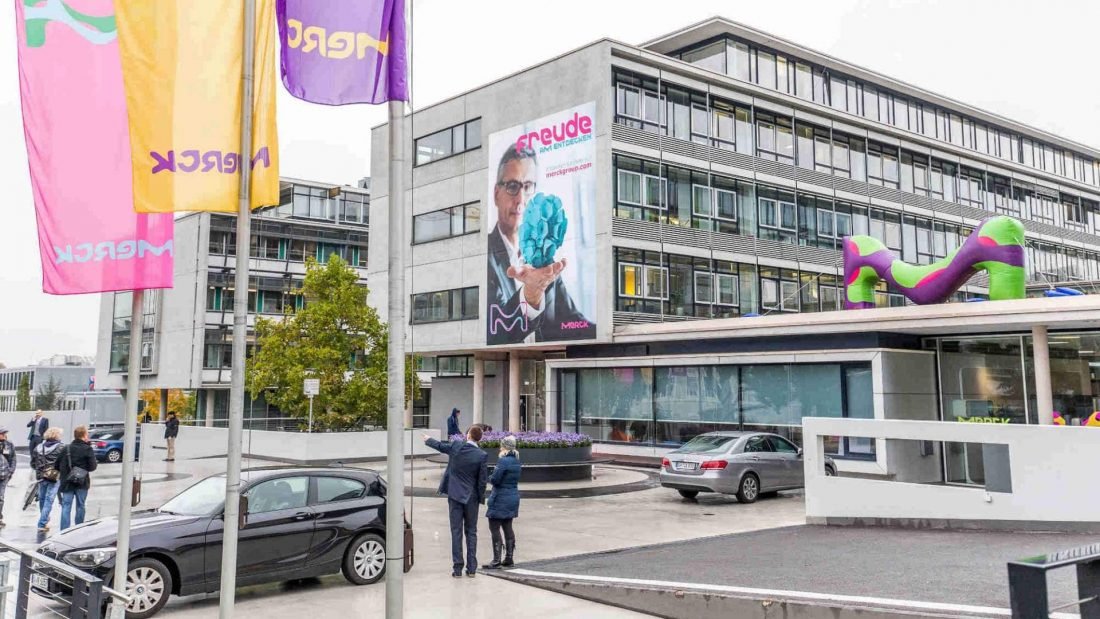
However, I do pay respect to the company for making this radical break. Implementing a design like this one takes courage – especially since it requires enormous effort in implementation. You don’t decide to take such a step just on the basis of a creative whim, but because you are convinced that the path is strategically correct. One of the main motivations was to set a widely visible exclamation mark in the worldwide competition for the best research talent. The new identity deliberately throws well-behaved, conservative approaches overboard. Its radicality gives it a young and determined appearance. So it has force impact, and that alone is a quality worth appreciating.
I am sure that Merck’s new corporate design has also triggered and exacerbated internal discussions. But judging from the press it has received, it has also given people something powerful to identify with. The visual identity seems to fit in much better with the researchers’ own aspirations, and consequently the employees seem to like it. The new appearance is also omnipresent, from social channels to the newly designed working environment.
These two examples are very design-focused, but of course design is not the only form of expression for creativity. Creativity can also involve establishing new topics of discussion and creating unusual contexts.

For me, one best practice example for this approach is the – in Germany almost legendary – campaign by automobile manufacturer Opel, “Umparken im Kopf” (“U-turn in your head”). Here’s the backstory: Although Opel cars do well in test reports, the carmaker has to fight numerous prejudices on the German market. Sometimes Opel drivers are considered uncultivated, sometimes staidly middle class. And at best, Opel always remains the “eternal number two” behind Volkswagen. With the Umparken campaign, Opel addressed common prejudices from society and confronted them with some surprising realities. For example, Opel pointed out that according to the laws of physics, a bumblebee should not be able to fly at all. And yet bumblebees can indeed fly. This was followed by an appeal for self-reflection: “Is Opel still what you think it is?” It was a clever, very creative method that motivated us to subject our own prejudices against the Opel brand to a reality check.
Creativity as a tool for internal persuasion
But creativity can also be used to communicate changes within the company to employees. This requires all employees to be able to abstract themselves, and to be willing to engage in new things. I have had very good experiences integrating creative exercises into brand change processes. For an international chemical concern, for example, we organized a workshop in which around eighty brand managers discussed the new design options. The focus here was on playful experimentation, with a lot of discussing and assembling of collages – an approach reminiscent of design methodologies where teams develop, test and optimize prototypes. This approach achieved positive results, because by the end of the workshop all participants agreed the forthcoming corporate design relaunch has lots of potential. Subsequently there were no more discussions within the company about the pros and cons of the change.
Examples like this one show that companies can use the power of creativity in a targeted manner to support changes in content. And I am sure that virtually all industries are facing such change in the near future. Automated processes and the foreseeable integration of artificial intelligence into business processes are calling into question established structures that have grown over decades. Companies will have to readjust their product offers, and job profiles will call for different skills and traits than they used to. We’re going to have to change our way of thinking. And creativity can give us the strength not to see these changes as a threat, but to face them with optimism.

